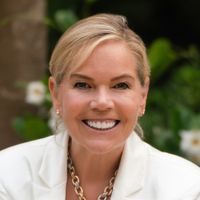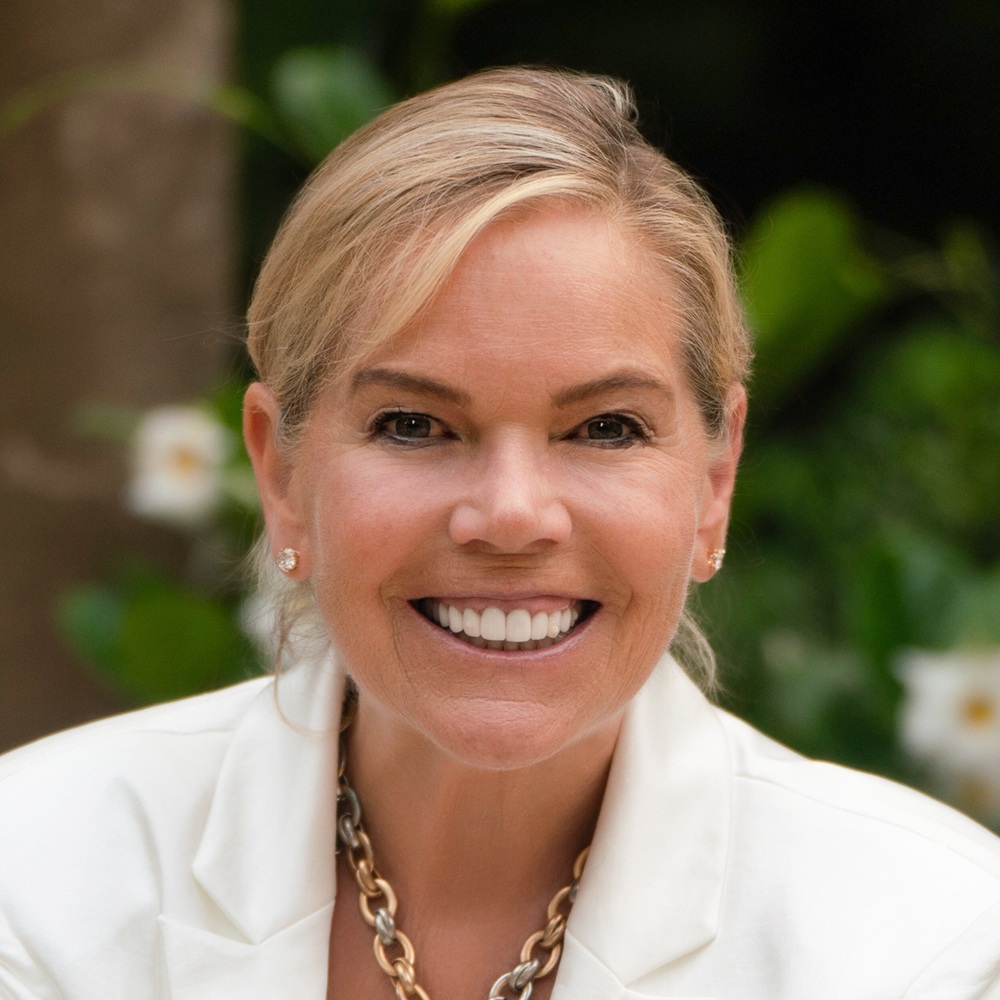Should I Pay a Financial Adviser an Assets Under Management Fee?
Investors want ‘clear and understandable’ fees when it comes to their financial advisers, and while the AUM fee model can make sense, it’s not conflict-free.


People don’t pay a personal trainer more as they grow stronger. So, does it make sense to pay your financial adviser more as your investments grow?
That’s what investors are asking as they consider alternatives to the assets under management (AUM) fee a lot of financial advisers charge. The AUM fee model bills clients an annual ongoing fee for financial advisory services based on a percentage of the total amount of assets the adviser manages for the client. It can make sense for investors with a sizable amount of investable assets who want an adviser to manage and grow their portfolio.
Unfortunately, an adviser's value for that fee isn’t always clearly understood, and that’s a deal breaker for many financial consumers at the outset of the relationship.
From just $107.88 $24.99 for Kiplinger Personal Finance
Become a smarter, better informed investor. Subscribe from just $107.88 $24.99, plus get up to 4 Special Issues

Sign up for Kiplinger’s Free Newsletters
Profit and prosper with the best of expert advice on investing, taxes, retirement, personal finance and more - straight to your e-mail.
Profit and prosper with the best of expert advice - straight to your e-mail.
Consider that the majority of individual investors (60%) say “clear and understandable” fees rank as the highest priority when choosing financial institutions to work with, according to a recent poll by the research firm Hearts & Wallets. That answer topped other survey options, including “explains things in understandable terms” (56%), “is unbiased, puts my interests first” (54%) and “has made me money” (52%).
While the fee-only model puts advisers on the same side of the table as their clients, and the fiduciary standard requires registered investment advisers to legally act in their clients’ best interest, the AUM arrangement is not completely conflict-free. The key is to understand how fee-only advisers operate and the conflicts that can arise with the AUM model and to look at other options that may be available.
What to know about the fee-only model
A fee-only financial adviser receives 100% of their compensation directly from their clients. They’re paying for the adviser’s time and expertise vs. a non-fiduciary adviser, who’s in the role of sales rep and gets paid commissions or kickbacks to sell investments or annuities that they recommend. Since the fee-only adviser is working directly for their client, the fee-only model ensures that the adviser's recommendations are unbiased and solely based on the client's best interests.
That’s a major distinction that financial industry leaders recommend consumers look for. “The first question investors should ask is whether the adviser is ‘fee-only,’” says Allan Slider, founder of FeeOnlyNetwork.com, a website for consumers to research and connect with vetted fee-only, fiduciary financial advisers.
How advisers get paid varies by adviser, but typically, a fee-only adviser offers comprehensive and holistic financial and tax planning along with investment management. That adviser’s likely to charge a fee that’s based on a percentage of the assets they manage, while fewer will also offer an hourly rate, a fixed fee or retainer.
The industry average for a fee-only adviser who charges an AUM fee hovers around 1%. So, if an adviser charges a 1% AUM fee and manages investments that total $500,000 for a client, the client would pay the adviser $5,000 per year for the planning and portfolio management. But that AUM fee tends to be lower when a portfolio is worth over $1 million in assets. That client will likely pay 0.75% to 0.9%, which totals in the range of $7,000 to $9,000 a year.
Keep in mind, that’s about half of what you’d pay all-in for an adviser employed by a brokerage firm. That’s because brokerages can charge in multiple ways, in addition to AUM fees, including sales or commission fees, trading fees and management fees. (Find out more in the article How to Spot (and Squash) Nasty Fees That Hide in Your Investments.)
In addition, investors who value a comprehensive range of financial planning and investment management services, including retirement planning, tax planning, portfolio rebalancing, college planning and estate planning, may find the AUM fee model appealing. This is because the fee is typically all-inclusive and covers a broad range of services, rather than charging separate fees for each service.
But most people don’t realize that an adviser’s AUM fees are not set in stone. Advisers will take into consideration the amount of work that goes into each client relationship. There may be wealthy investors who need very little help who will wind up paying a 0.5% AUM fee.
While that may be good for those with a higher net worth, this arrangement typically requires a minimum in assets to manage, so it may exclude many people who need financial help but don’t have significant assets yet to invest.
But financial advisers use the AUM fee model because it aligns their interests with their clients' interests. As the client's assets grow, so does the adviser's fee, which incentivizes the adviser to make investment decisions that will increase the client's wealth. Conversely, that annual AUM fee will drop whenever the portfolio’s value drops.
That sounds appealing but doesn’t mean the AUM fee model is free of conflicts. So, let’s explore the potential conflicts of interest you should be aware of that can exist under the AUM fee model.
Three potential conflicts in AUM pricing
- Under the AUM fee model, it’s possible to pay an adviser more because your assets grew primarily due to the rising stock market rather than any investment decisions made by the adviser — for example, during the recent bull market that started in 2009, the longest in history. This could be the case if your portfolio comprises index funds or exchange-traded funds, which generally seek to match market returns.
- Another potential conflict is that an adviser has an incentive to keep your assets invested. After all, withdrawing a substantial amount of your balance to pay off an outstanding loan, for example, would mean less assets need managing, which results in a smaller fee for your adviser. Therefore, there is a potential conflict of interest if you ask your adviser to use some of your invested assets for another purpose, such as paying down debt, paying off your mortgage or investing in a business.
- Further, advisers can charge fees based only on accounts they can directly manage. One type of account an adviser can’t directly manage is a company 401(k). That can create a conflict of interest when deciding whether to keep funds in your company 401(k) or transfer them to an individual retirement account (IRA). The incentive from the adviser’s standpoint would be to have you move your retirement savings to an IRA. While such an IRA rollover can often provide many benefits, there are some cases where it is in your best interest to let your savings stay put.
Fee-only advisers are starting to offer more fee flexibility
Some advisers I’ve spoken to defend the AUM fee structure because it allows them to keep all services available to clients when they need them, as they need them. Plus, it’s not practical for some firms to try to manage multiple fee structures because advisers often want to serve clients who have similar needs.
Still, many advisers are listening to consumers who have concerns over the AUM model and are willing to open up new ways to pay the fees. As Tom Koleski, a fee-only adviser who is part of the Wealthramp vetted adviser network, which I founded, explained, “I decided to offer multiple options when it comes to fee structure so that investors who want holistic financial planning have the option to pay for only the services they need.”
For instance, some fee-only advisers calculate the fee based on percentage of household net worth instead of a percentage of assets under their management. It creates an incentive to help you build wealth in all areas of your financial life, not just your portfolio. This fee model might fit investors with a high net worth, but who may have a significant portion of their wealth tied up in assets such as real estate or business ownership, rather than liquid assets.
Another alternative fee model involves charging a fee based on a percentage of your income. The fee is based on the client's ability to pay rather than the value of their assets. This fee model may suit investors with a high income but not a significant amount of investable assets or net worth.
Fee-only advisers will likely increase the ability for more types of investors to get the services they need at a fair price.
What fee model is best for you will depend on your personal situation. What you need to know is that no matter which arrangement you choose, the dollar amount of the adviser fee will wind up being approximately the same. That’s because at the end of the day, all fees you pay your adviser are calculated based on the amount of work the adviser provides measured in terms of hours and degree of complexity of the services. Will it be worth the fee? A truly successful adviser collaboration can add real value that’s worth more than the cost of the fees.
Related Content
- Financial Wellness Is Self-Care: Three Steps to Help Improve Yours
- For Financial Planning Success Now, Start by Looking at the Past
- Is Your Financial Professional a Fiduciary? (Why You Should Know – and Care)
Profit and prosper with the best of Kiplinger's advice on investing, taxes, retirement, personal finance and much more. Delivered daily. Enter your email in the box and click Sign Me Up.

With more than 25 years in investor advocacy, Pam Krueger is the founder and CEO of Wealthramp, an SEC-registered adviser matching platform that connects consumers with rigorously vetted and qualified fee-only financial advisers. She is also the creator and co-host of the award-winning MoneyTrack investor-education TV series, seen nationally on PBS, and Friends Talk Money podcast.
-
 4 Great Tools to DIY Your Own Financial Plan
4 Great Tools to DIY Your Own Financial PlanSmart Savings Several tools picked out by Kiplinger that DIYers can use to make their own financial plan.
-
 The 7-Month Deadline That Sets Your Lifetime Medicare Premiums
The 7-Month Deadline That Sets Your Lifetime Medicare PremiumsUnderstanding Medicare enrollment is crucial, as missing deadlines can lead to permanent late enrollment penalties and gaps in coverage.
-
 Retirees Living in Portugal: You Need a Post-NHR Tax Strategy
Retirees Living in Portugal: You Need a Post-NHR Tax StrategyWhen your 10-year Non-Habitual Resident tax break ends, you could see your tax rate soar. Take steps to plan for this change well before the NHR window closes.
-
 If You're a U.S. Retiree Living in Portugal, Your Tax Plan Needs a Post-NHR Strategy ASAP
If You're a U.S. Retiree Living in Portugal, Your Tax Plan Needs a Post-NHR Strategy ASAPWhen your 10-year Non-Habitual Resident tax break ends, you could see your tax rate soar. Take steps to plan for this change well before the NHR window closes.
-
 Could Target-Date Funds With Built-In Income Guarantees Be the Next Evolution in Retirement Planning?
Could Target-Date Funds With Built-In Income Guarantees Be the Next Evolution in Retirement Planning?With target-date funds falling short on income certainty, retirement plans should integrate guaranteed income solutions. Here is what participants can do.
-
 Your Year-End Tax and Estate Planning Review Just Got Urgent
Your Year-End Tax and Estate Planning Review Just Got UrgentChanging tax rules and falling interest rates mean financial planning is more important than ever as 2025 ends. There's still time to make these five key moves.
-
 What Makes This Business So Successful? We Find Out From the Founder's Kids
What Makes This Business So Successful? We Find Out From the Founder's KidsThe children of Morgan Clayton share how their father's wisdom, life experience and caring nature have turned their family business into a respected powerhouse.
-
 Past Performance Is Not Indicative of Your Financial Adviser's Expertise
Past Performance Is Not Indicative of Your Financial Adviser's ExpertiseMany people find a financial adviser by searching online or asking for referrals from friends or family. This can actually end up costing you big-time.
-
 I'm a Financial Planner: If You're Not Doing Roth Conversions, You Need to Read This
I'm a Financial Planner: If You're Not Doing Roth Conversions, You Need to Read ThisRoth conversions and other Roth strategies can be complex, but don't dismiss these tax planning tools outright. They could really work for you and your heirs.
-
 Could Traditional Retirement Expectations Be Killing Us? A Retirement Psychologist Makes the Case
Could Traditional Retirement Expectations Be Killing Us? A Retirement Psychologist Makes the CaseA retirement psychologist makes the case: A fulfilling retirement begins with a blueprint for living, rather than simply the accumulation of a large nest egg.
-
 I'm a Financial Adviser: This Is How You Can Adapt to Social Security Uncertainty
I'm a Financial Adviser: This Is How You Can Adapt to Social Security UncertaintyRather than letting the unknowns make you anxious, focus on building a flexible income strategy that can adapt to possible future Social Security changes.